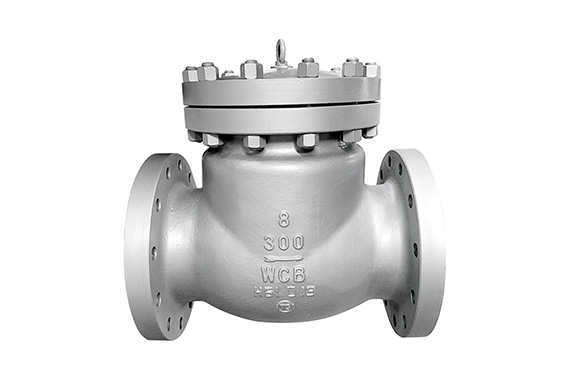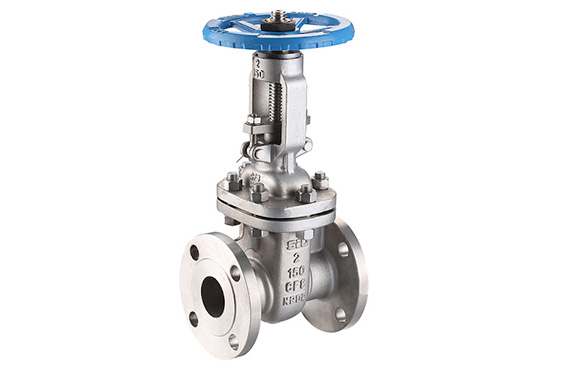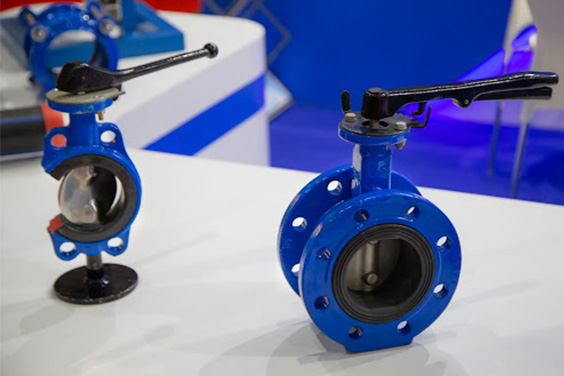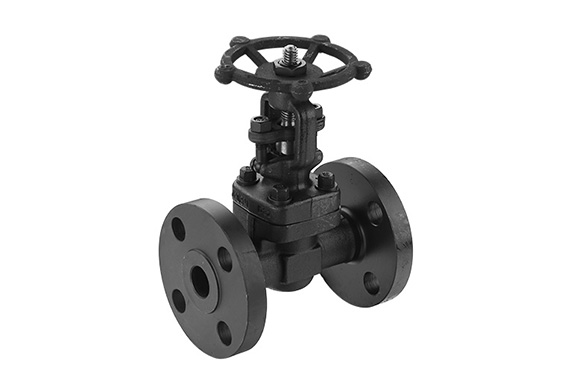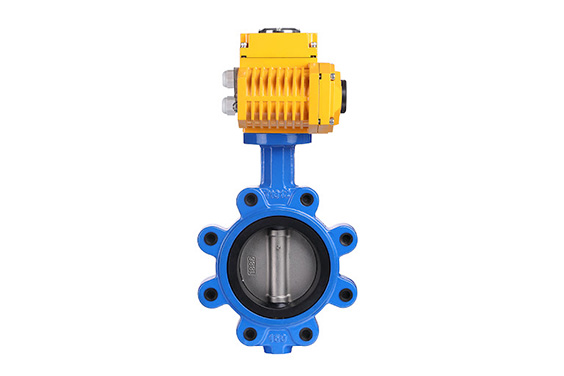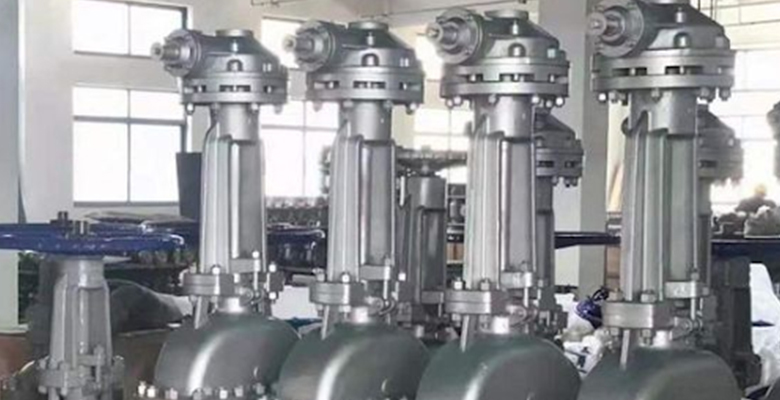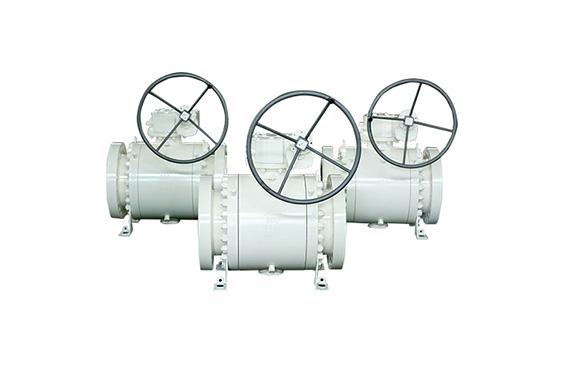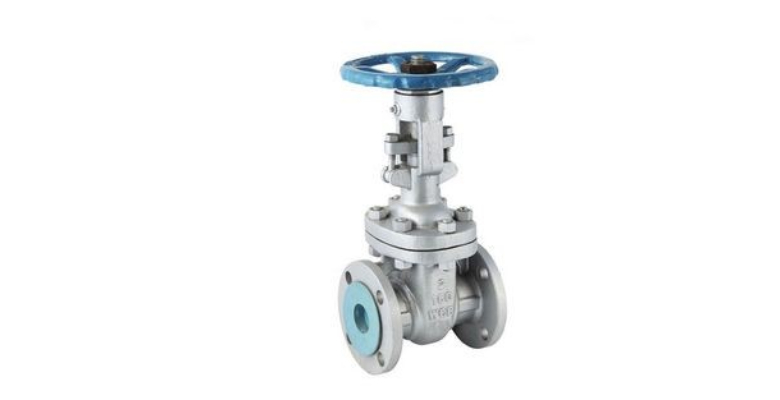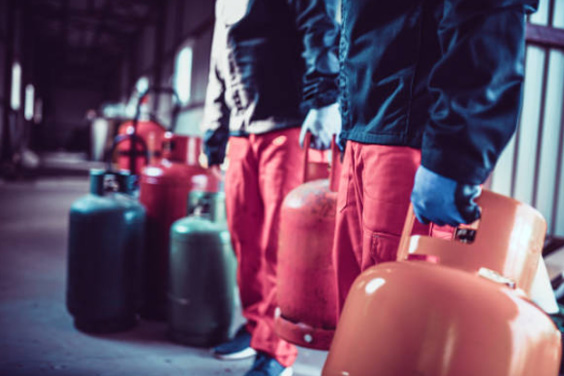The shut-off valves have become quite common, especially in distinct water and piping systems. This is because these valves efficiently control the flow of liquid or air passing through it. It prevents the liquid or water or gases to get mixed with different chemicals or inert gases. There are different types of water shut-off valves that perform distinct functions.
What Are Water Shut Off Valves?
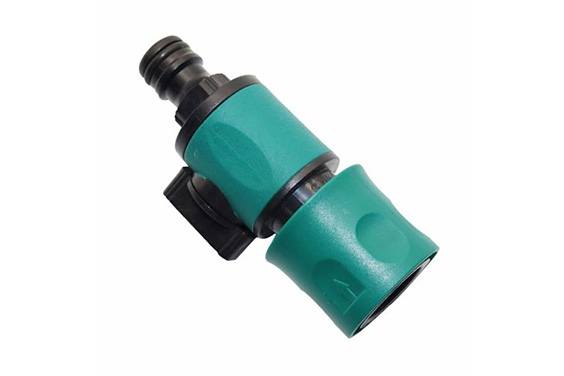
The purpose of a water shut-off valve is to stop the flow of water. A shut-off valve can thereby isolate a plumbing fixture from the rest of the home’s plumbing or hold back water until it is required.
Straight cut-off valves are set up with their inlet and outlet pointing in the same general direction. Straight shutoff valves are generally seen on long water pipe sections and where water lines rise through the floor to feed water to a plumbing fixture. Angled shut-off valves are placed with their inlet and exit at a 90° angle. The angled shutoff valves can be found near the washing machines or where water pipes come out of a wall.
How Do Water Shut-Off Valves Work?
Rotating the handle opens shut-off valves with a wheel or other multi-turn valves. In order to stop the flow of water, turning the handle counterclockwise will tighten the valve stem inside, force a gate to close, or press a rubber gasket up against a seat. Alternatively, turning the valve in the opposite direction will make it open and let water flow through.
A handle on the valve stem pivots a steel ball with a hole inside to control the flow of water in ball valves or quarter-turn valves. The valve is open and water flows through the steel ball’s hole if the handle is parallel to the valve body. In contrast, the steel ball twists and stops the flow of water when the handle is twisted in a direction perpendicular to the valve.
What Are The Different Water Shut Off Valve Types?
There are different types of water shut-off valves available. Each has a specific function, some of the most common water shut-off valve types have been given below.
Ball Valve
A ball valve is a type of valve that regulates the flow of a medium via itself using a hollow, revolving ball. The valve is open if the ball’s hole is parallel to the flow; it closes when the ball has been rotated ninety degrees using the valve handle.
By starting, stopping, or altering the flow of a medium (often water, air, or gas) between different chambers, ducts, and pipes, a ball valve isolates certain components of a plumbed system. This is accomplished by either allowing the medium to flow fully through the ball valve, permitting the medium to flow partially through a smaller hole, or entirely stopping the flow.
Depending on the type of valve and handle position, ball valves can also be used to guide the flow in multiple directions. It provides great levels of operational versatility, rapid repairs, and operational simplicity.
Accordingly, they are widely utilized in industrial applications and, depending on the material, medium, and design employed, are capable of withstanding pressures up to 1,000 bar, as well as temperatures up to 400°C.
These parts are often used in situations where the key positions are on or off. Ball valves have an inherent reliable shut-off function due to their design, assuming that all of the parts are in excellent working order.
However, at graduated positions halfway between totally open and fully closed, they are frequently less successful at precisely controlling flow rates.
The most typical uses for ball valves are in plumbing systems and closely related fields like industrial cooling. Their primary function is to control the amount of liquid or gas that passes through a particular port or aperture, which affects the pressure balance in other important system components.
Gate Valve
Gate valves are mostly flanged valves created for clean fluid systems, such as potable water systems. They are a wonderful option for both clean water and wastewater applications because they may be utilized for slurries when grit or solids are present in the fluid stream, or in those situations. This form uses a sliding gate or wedge on a threaded operating stem.
There are primarily two types: a rising stem and a non-rising stem. Although they require additional vertical clearance above the valve to function, rising stems give a visual indication of valve position. In fire pipe systems, rising stem type (RS) valves are frequently employed to show whether a valve is fully open or closed.
Non-rising stem type (NRS) valves can be utilized in tight spaces since they are less expensive, and have fewer parts, but they lack the visual indication of the valve’s opening position that rising stem types have. It is simple to open the valve so that fluid can flow by lifting the gate out of the way.
The sealing surface between the gate and seats is a distinctive characteristic of gate valves. Its blocking mechanism can be a thin metal gate that slides between two seals to create a fluid-tight connection or a wedge-shaped object enclosed in rubber. Gate valves often have no flow obstacles when fully opened, resulting in very little friction loss.
One crucial aspect of gate valves to keep in mind is that, unless they are made particularly for that purpose, they should never be used to regulate flow. Almost typically, they are intended to be used fully open or totally closed. A gate that has been left partially open to control flow will vibrate as fluid flows around it, wearing out the gate and its seals over time and allowing leaks to form.
Plug Valves
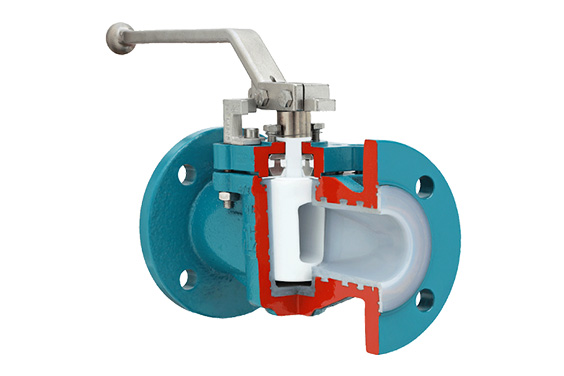
A plug valve is the most common shut-off valve used in different water systems. It isolates the unwanted chemicals and thicker elements from the fluid. These plug valves, which are quarter-turn style valves, are made to control, shut off, and throttle pump operation at a reasonable price. When a plug valve is closed, a tight seal is created by the rubber-encapsulated plug seats and plug face being offset from the shaft centerline.
The plug design completely disengages from the seat when it is turned to the open position, resulting in minimum contact and low working torque. They act similarly to ball valves but have different internal parts. Because the seat of a plug valve lacks the voids found in a ball valve, media and fluids cannot become stuck in the valve in any position.
Butterfly Valves
In large-diameter pipelines, butterfly valves are widely employed for the fluid stoppage and flow management. They are reasonably priced, have few internal parts, and are incredibly tiny. A disc or plate that is located in the middle of the valve makes up the interior parts.
Through the valve centerline body casing, a shaft attached to the disc extends out the top and is connected to an actuator. The disc inside the valve is turned by the actuator when it is rotated, either parallel or perpendicular to the flow direction.
The plate presses up against the internal seal to provide a tight closure when it is perpendicular. It makes fluid passage through it simple when it is turned parallel to the flow.
But regardless of position, a slight pressure loss will happen with this kind of valve because the disc is always present in the flow stream.
They are particularly adaptable by design to serve a wide range of applications and can work effectively as throttling valves to control flow rates.
Butterfly valves should only be used with pure liquids, such as drinking water. Due to the disc sealing method, they are not advised for slurries or when unwanted materials are present in the liquid.
Angled Fixture Shut-Off Valve

An angle valve has perpendicular intake and outlet ports. It belongs to the manual valve category and is frequently used to stop or regulate the flow of a liquid through a pipe, which is why it is also sometimes referred to as a stop valve. Shut-off valves are meant to stop the flow of liquid inside the pipe completely.
However, angles are mostly employed in business and household plumbing as a regulating device. Angle stops typically have a twist handle or an oval knob. Removable handles are a wonderful solution in public areas where theft or vandalism are problems. The flow has to be turned off repeatedly with the old-style angles’ knobs.
However, the majority of manufacturers now offer angles with 1/4-turn knobs to quickly stop the flow in an emergency. Angle valves are the most frequently used valves that are encountered on a daily basis; for instance, there are frequently two connected to a faucet and one to a toilet, which allows faucet repair without having to turn off the water to the entire house.
There are different shapes and sizes of the angle valves available. The size and design are determined by the project’s scope and the piping’s dimensions. For heavier processes, larger, better quality angle valves are advised. Each angle stop valve has a specific pressure handling capacity based on the mechanical design and materials used in the valve.
Angle valves are required for practically all mechanical processes where flow, temperature, and pressure need to be under control. To guarantee both safety and operational efficiency, industrial valves must be 100 percent trustworthy and reliable.
Needle Valve
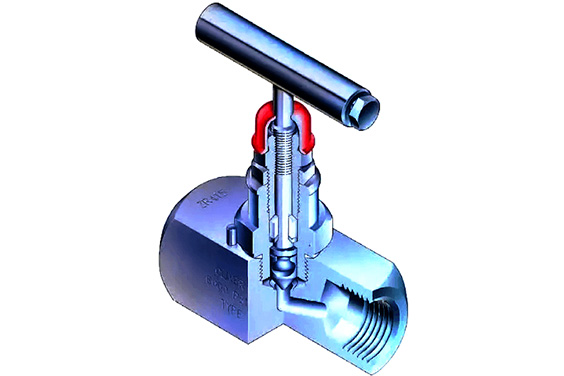
Needle valves, also known as saddle valves, are commonly used to connect a water supply tube to a refrigerator, water filter, or another device. The tapered end of a needle valve’s plunger raises and lowers with the turn of a handle to open or close an aperture. The stem, which connects the handle to the plunger, is termed.
The plunger slides up or down through the threads when the handle is turned. The plunger can’t unwind all the way because of the locking nut. The aperture is completely sealed when the plunger descends when the pointed (tapered) end makes contact with the valve seat. The valve seat is frequently tapered as well. This enables precise control of flow rate.
Through the port connection on the input and output, the needle valve can be connected to a pipe or hose in a variety of ways and sizes. For instance, flanged, threaded, or welded. The valve housing, which can be built of different materials including brass or stainless steel, is attached to the bonnet.
Straight Fixture Shutoff Valve
When the water supply pipe exits below the flow or cabinet, straight shut-off valves are frequently present. A straight stop valve prevents water from flowing through the valve in the same way that it did before.
In the center of the valve body, between the inlet and outlet ports, straight stop valves have handles that point in the same direction as the valve. A straight stop valve works similarly to angle stop valves in that it enables you to stop the flow of water to a particular location.
While straight valves enable a straight flow and shut-off of water inside a pipe, an angled shut-off is designed for water flow that needs to run at an angle. Additionally, repairs and replacements on these items are required without turning off the water supply to the entire system.
How To Select The Main Water Shut-Off Valve
There are certain aspects that you need to consider before selecting the perfect water shut-off valve for the water systems.
Type of fluid
Since these are frequently the most important variables in choosing the right type of valve, the characteristics, and state of fluids and slurries must be carefully identified. In general, clean fluids allow for a wide variety of valve types, whereas unclean fluids frequently restrict choice and may call for a particular type of valve.
Temperature and Pressure consideration
The maximum working pressure, temperature, or ratings of the pipe system and flanges are typically used to provide ratings to valves. The materials employed in the construction of the valve, notably the internals, trims, seals, rings, or lubricants, are likewise limited by temperature. Typically, these are described in the “Piping Material Specification.”
Maintenance
Non-metallic (soft) seating valves may be required to have “fire-safe” features so that, in the event that the soft seat and/or seals are damaged or destroyed by fire, the valve will still function and any leakage will be within the permitted limits set by a specific standard or specification.
Budget Considerations
Since they differ depending on the nations where they are produced, the vendors, and the equilibrium of supply and demand, the costs of different valve types cannot easily be compared.
Client requests for stress relief, annealing, radiographic examination, and others of the valves are common and have an impact on the price of the valves. So, once the service requirements and client requirements have been established, it is vital to ask the procurement division to contact appropriate vendors about these valves.
Professional Water Valve Manufacturer - SIO
Valve manufacturer SIO is a premium valve supplier that excels in its service to every industry. The water valve items must meet the strictest criteria for safety and dependability, and must also adhere to the highest levels of performance and quality. The high-quality fittings have ball valves that don’t need maintenance and diaphragm valves that are the same size to make it easier to complete systematic processes. The production of SIO valves complies with engineering, quality, and safety standards that are created to meet the particular requirements of a certain sector.
FAQs
What type of valve is best for water shut-off?
Ball valves are the most efficient form of the valve and are widely used for main water shutoffs and branch line shutoffs. Similar to gate valves, ball valves are made to be fully open to enable full flow or fully closed to completely stop all water flow.
Why are there many different types of water valves?
There are many different types of water valves and valve configurations to accommodate all services and situations, including various uses (on/off, control), fluid types (toxic, corrosive, etc.), material types, and pressure and temperature ranges. In fluid or gaseous handling applications, valves are used to initiate or stop the flow, regulate or throttle flow, prevent backflow, and relieve and regulate pressure. Valve types that are frequently used include ball, butterfly, check, diaphragm, gate, globe, knife gate, parallel slide, pinch, piston, plug, sluice, etc.
Where could you locate the water shutoff valve in your home?
Normally, the shut-off valve is situated close to the front foundation wall. The primary water source could enter through a wall or a concrete floor. Normally, the valve is three to five feet from the point where the main water enters. In some instances, the main water supply may enter in a different location, such as a mechanical room, up through the floor, next to the furnace or water heater.

